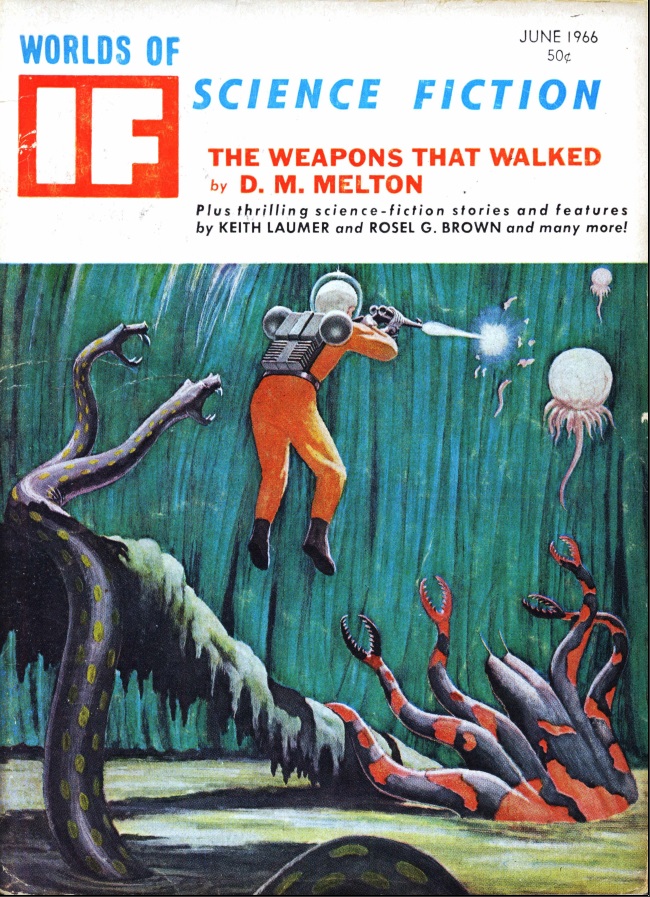
by David Levinson
That which we call a purge
Successful revolutions often seem to devolve into vicious internal fighting as various factions turn on each other. Many of us are old enough to remember Stalin’s purges in 1937, and I’m sure we all remember learning about the Reign of Terror during the French Revolution when we were in school. Now it looks as though China may be gearing up for some purges of its own.
The five year plan of 1958, dubbed the Great Leap Forward, proved to be a disaster. The plan’s policies produced three years of famine, killing an untold number of people. As a result, Communist Party Chairman Mao Tse-tung stepped back and left the day-to-day running of the country to Liu Shao-ch’i and Teng Hsiao-ping. But Mao may be attempting to seize the reins of power once again.
Last November, an opera by a playwright named Wu Han was attacked as being subversive and critical of Mao’s leadership. On April 10th, the Communist Party issued a directive that condemned almost all literature written since the end of the revolution as “anti-party and anti-socialist.” Every author and poet is now considered suspect. Six days later, poet and journalist Teng T’o was chastised as counterrevolutionary in the official government newspaper. On the 18th, the new movement was given a name in the army’s daily newspaper: the Great Socialist Cultural Revolution. Now, President Liu Shao-ch’i, Mao’s chosen successor, has been publicly criticized as a capitalist and insufficiently supportive of Mao. I’d say the purges are about to begin. It remains to be seen just how bad they will be.

Chairman Mao Tse-tung (r.) and President Liu Shao-ch’i (l.) meet last year with Prince Sihanouk of Cambodia (in the dark jacket).
Smells, sweet and otherwise
This month’s IF offers a mixed bouquet. Overall, it’s visually disappointing, and a couple of the blossoms really could have used a different name.

This allegedly illustrates “The Weapons That Walked”. It doesn’t. Art by McKenna
Continue reading [May 2, 1966] By Any Other Name (June 1966 IF)

![[May 2, 1966] By Any Other Name (June 1966 <i>IF</i>)](https://galacticjourney.org/wp-content/uploads/2021/04/IF-1966-06-Cover-650x372.jpg)